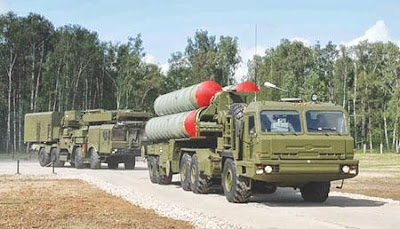China's Second Artillery Corps, the strategic missile force of China's People's Liberation Army, is seeking to develop new exo-atmospheric interceptors based on advance early reconnaissance satellite system, over-the-horizon active phased array radar and missiles like the HQ-19 and HQ-26 to defend the country against attack from intercontinental ballistic missiles, reports the Moscow-based magazine.
China's new early reconnaissance satellite system will be able track an incoming missile attack launched from anywhere in the world to give the PLA 25-30 minutes to respond to an ICBM attack and 10-20 minutes for submarine-launched ballistic missiles.
The Second Artillery Corps already has a timetable for the development of this new satellite system and it will only be a matter of time for the PLA to deploy it. In addition to the early reconnaissance satellite system, China will also rely on over-the-horizon active phased array radar will also be used to direct air defense missiles to intercept targets outside the atmosphere.
 |
| China's HQ-19 Air Defense Missile System |
The HQ-19 medium-range surface-to-air missile may be a good option as an interceptor but the HQ-26 with its longer range and better maneuverability should be the best choice as China's future exo-atmospheric interceptor.
However that the real intent of the exo-atmospheric interceptor is not defending Chinese territory from ICBMs but rather mutually assured destruction. Upon receiving a warning from the early reconnaissance satellite system, China will be given at least 15-30 minutes to launch a retaliatory strike, Kanwa said, noting that this Cold War era nuclear doctrine seems not too old for China's modern strategists.




No comments:
Post a Comment